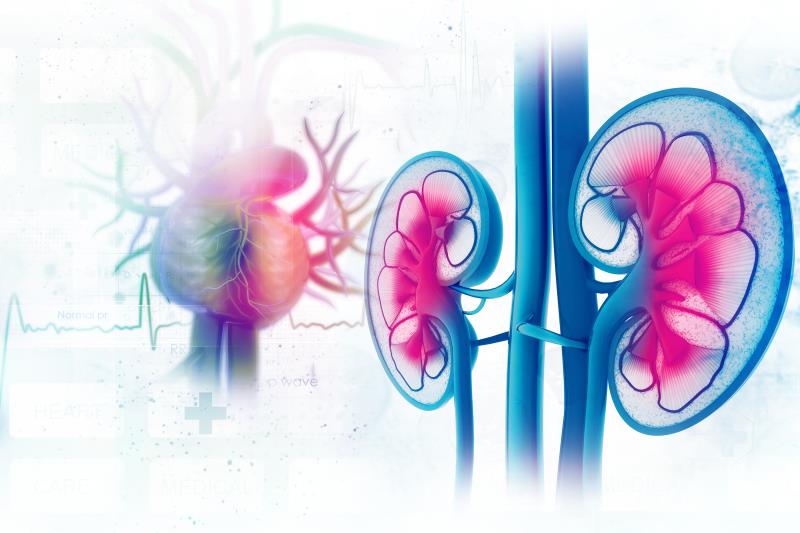
The C-reactive protein (CRP)-to-albumin ratio (CAR) appears to be linked to the development of acute kidney injury (AKI) in patients with ST elevation myocardial infarction (STEMI), a recent study has found.
Researchers retrospectively assessed 815 consecutive STEMI patients (mean age, 57±12 years; 18.0 percent male) who were undergoing treatment with primary percutaneous coronary intervention (pPCI). Only 13.5 percent (n=110) of the participants had AKI.
CAR (0.29 vs 0.55; p<0.001) was significantly higher in those with AKI, and so were CRP, peak creatinine kinase myocardial band and total ischaemic time (p<0.001). On the other hand, haematocrit level, estimated glomerular filtration rate and left ventricular ejection fraction values were all significantly lower in AKI patients (p<0.001 for all).
Participants were categorized into tertiles of CAR values: <0.209 (n=271), 0.209–0.457 (n=272) and >0.457 (n=272). The incidence rate of AKI increased along with CAR tertiles (4.4 percent vs 10.7 percent vs 25.4 percent, respectively). Each pairwise comparison was statistically significant (p<0.001).
Multivariate regression analysis further confirmed that CAR was a significant predictor of AKI development (odds ratio [OR], 2.307, 95 percent CI, 1.397–3.809; p≤0.001). Other significant risk factors included diabetes mellitus (OR, 1.708, 1.053–2.769; p=0.030), haematocrit (OR, 0.957, 0.928–0.986; p=0.004) and hypertension (OR, 3.087, 1.624–5.871; p≤0.001).
Excluding patients with cardiogenic shock did not attenuate the relationship between CAR and AKI risk (OR, 3.076, 1.679–5.636).
Moreover, CAR also showed a significantly higher area under the receiver operating characteristic curve than CRP (0.724 vs 0.705; p<0.001) and albumin level (0.724 vs 0.679; p<0.001).